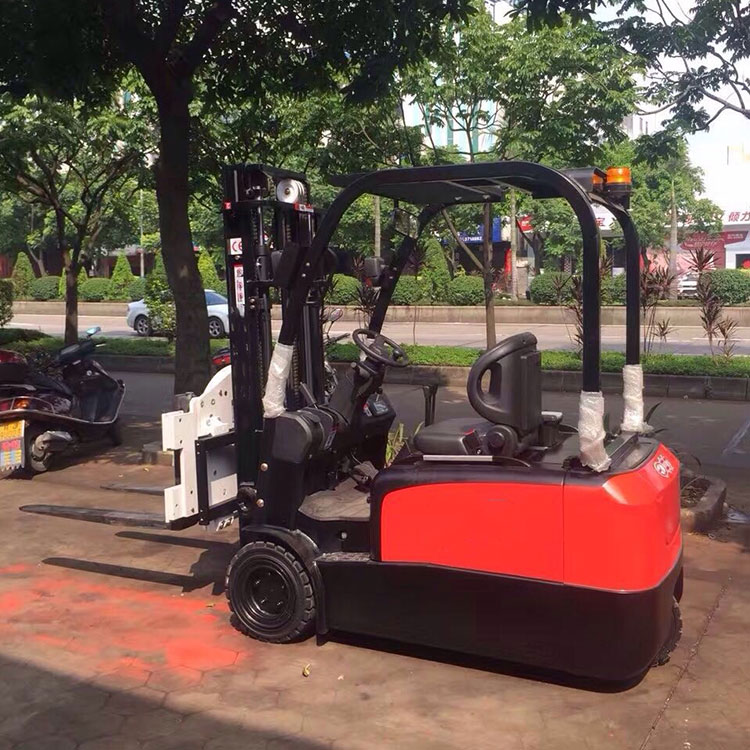Forklift trucks believe that everyone is no stranger, in warehousing, logistics places, counterweight forklifts have provided the necessary help.
In fact, there are many kinds of counterweight forklift trucks, according to the different driving methods, can be divided into diesel, liquefied gas, internal combustion, electric and other types.
So, what's the difference between these categories? How do they differ in their usage scenarios? Today, I will analyze and discuss with you.

01 Diesel counterweight forklift truck
Diesel counterweight forklifts are the most common type, mainly powered by diesel engines, with strong power output and high load capacity, suitable for medium to heavy duty work tasks.
It is characterized by strong power, and the diesel engine can provide strong power, which is suitable for handling heavier goods or working environments that frequently need to climb hills.
Compared with electric forklifts, the battery life of diesel forklifts is longer, especially when working for a long time, there is no need to stop frequently to charge, and only need to add diesel regularly.
Due to the stable performance of the diesel forklift's power system, it can work outdoors and in harsh environments, such as cold, wet and dusty places.
02 LPG counterweight forklift truck
Liquefied gas counterweight forklifts use liquefied petroleum gas as fuel, between diesel and electric forklifts, it has both environmental protection and power performance, suitable for some places with high emission requirements.
Compared with diesel forklifts, liquefied gas forklifts emit less pollution and can reduce air pollution to a certain extent, so they can also be used in semi-open or well-ventilated indoor places.
The power output of liquefied gas forklifts is close to that of diesel forklifts, which can handle medium-load handling tasks, while the cost is relatively low, and the energy efficiency is better than that of diesel forklifts.
03 Internal combustion counterweight forklift truck
Internal combustion counterweight forklifts usually refer to forklifts using gasoline or other fuel internal combustion engines as power sources, such forklifts are similar to diesel forklifts, but in some specific scenarios, gasoline forklifts have their advantages.
The internal combustion forklift performs better when starting, especially in the cold environment, the starting time is shorter than that of the diesel forklift, and it can be used in a variety of harsh environments with strong power and good load capacity.
Moreover, the refueling time of the internal combustion forklift is short, and the working state can be quickly restored, so it is mainly used in open places such as outdoor, construction sites, docks, etc., especially for places with large temperature changes.
04 Electric counterweight forklift
Electric counterweight forklifts use batteries as a power source, compared with diesel and liquefied gas forklifts, it has environmental protection, quiet and other significant characteristics, in recent years with the development of battery technology, more and more popular in the market.
Because there is no exhaust emissions, it is suitable for use in closed indoor environments, such as food factories, electronics factories and other places with high air quality requirements.
The electric forklift truck has low noise during operation, which is conducive to reducing noise pollution in the workplace, especially for quiet indoor use.
In general, different kinds of counterweight forklifts have their advantages and disadvantages, diesel forklifts are suitable for outdoor heavy-duty scenes, and liquefied gas forklifts strike a balance between environmental protection and power.
The internal combustion forklift has good starting performance, while the electric forklift has the advantage of environmental protection and low noise, which is especially suitable for indoor use.










